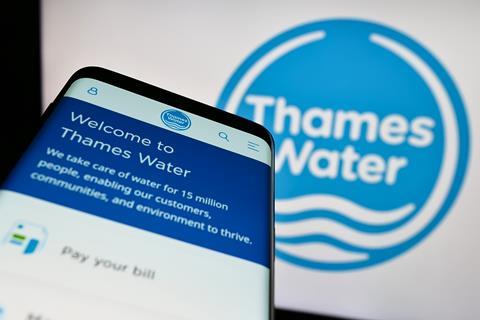A deal which will see Thames Water borrow up to £3 billion at high cost is not a breach of competition law, the High Court has ruled.
The utilities company, which already has £19.5bn of debt, was seeking the controversial creditor bailout in a bid to avoid insolvency.
Its case saw two groups of existing creditors - a group called Class A ad-hoc group (AHG) and another called Class B AHG - opposing each other as each argued its offer was better. The interest rate on Class A’s offer was higher, but the Class B group had faced questions over whether it could provide the amount.
In court, the Class B group accused the Class A group of being engaged in an unlawful means conspiracy, which is the equivalent of 'bid rigging', where companies collude to submit non-competitive bids, which is unlawful under the Competition Act 1998.

The Class B group accepted that there was a competitive bidding process ongoing but argued ‘that it was the subjective intention of the Class A AHG to obtain for itself control over the process’.
Counsel for the Class B creditors argued a term of the 'A plan' known as the June release condition (JRC) would allow Class A creditors to ‘dictate’ the terms of further funding beyond June 30 if certain conditions are not met.
Richard Heis, an experienced insolvency practitioner, said the JRC would have a ‘chilling effect’ on the bidding process.
But in a 178-page judgment in Thames Water Utilities, Mr Justice Leech ruled Heis’s evidence was ‘highly artificial and does not withstand scrutiny.’ ‘In my judgment, the JRC does not have “a chilling effect” on the equity raise and the bidding process’, the judge said.
He dismissed the competition law arguments, stating the Class B creditors failed to prove any of the allegations on a balance of probabilities.
This article is now closed for comment.


























4 Readers' comments